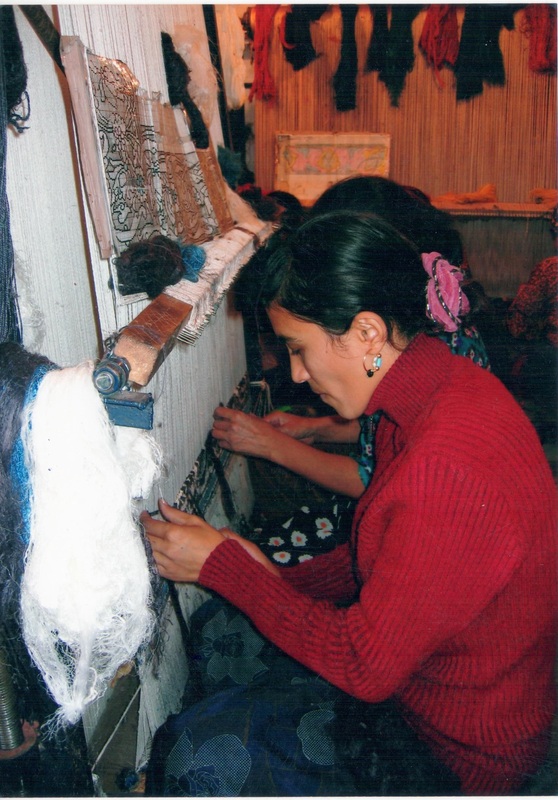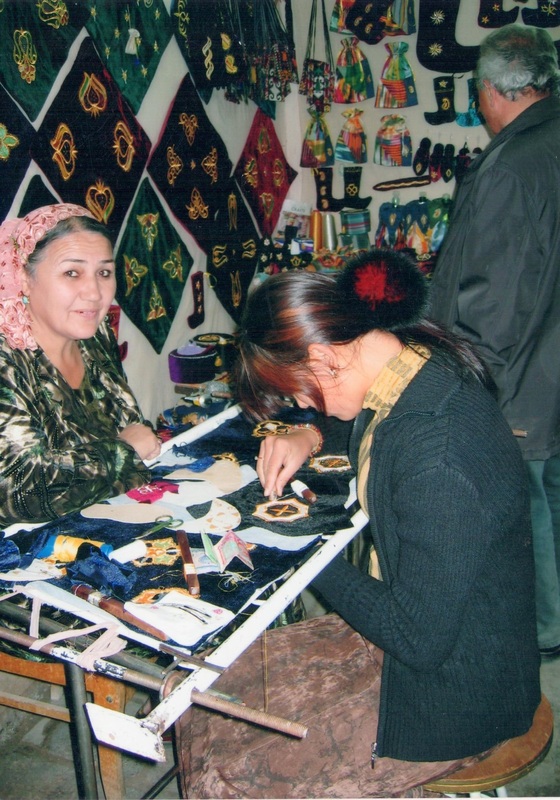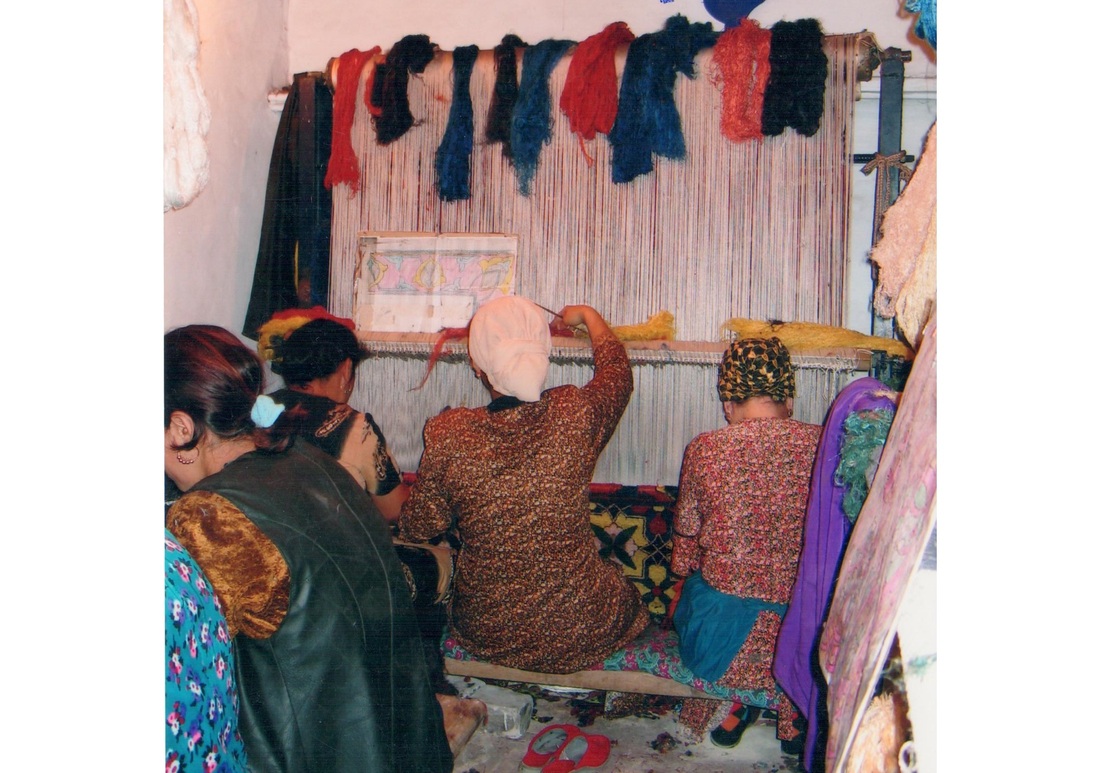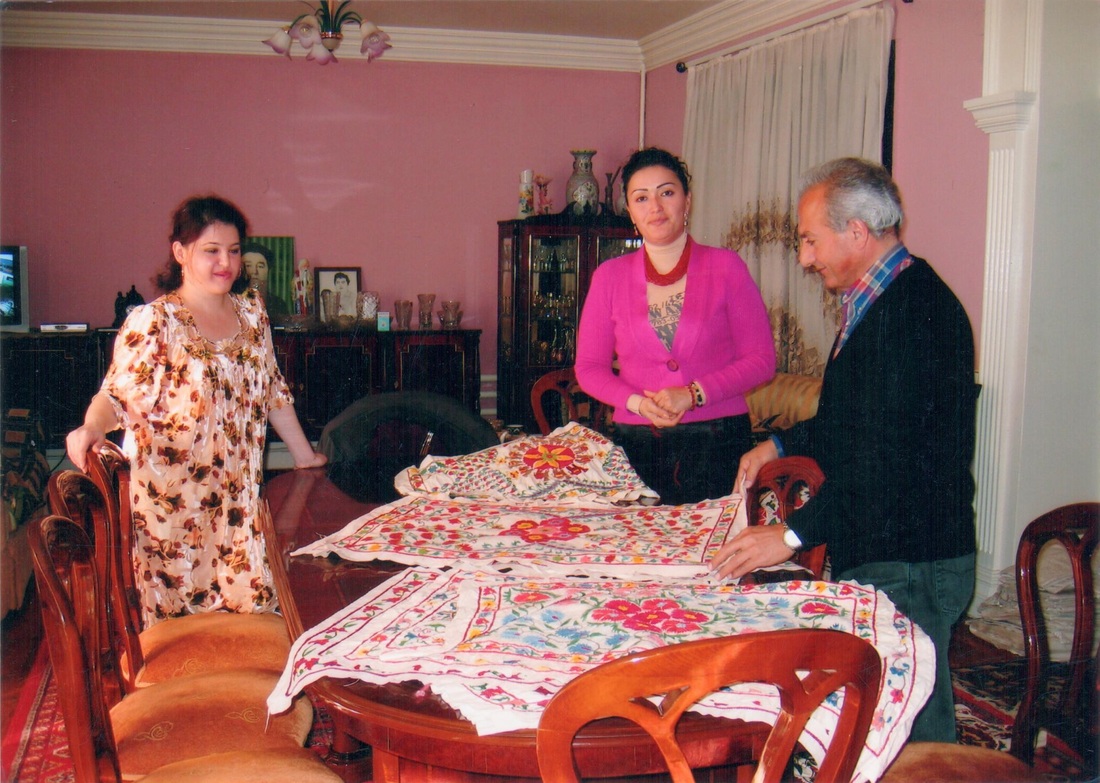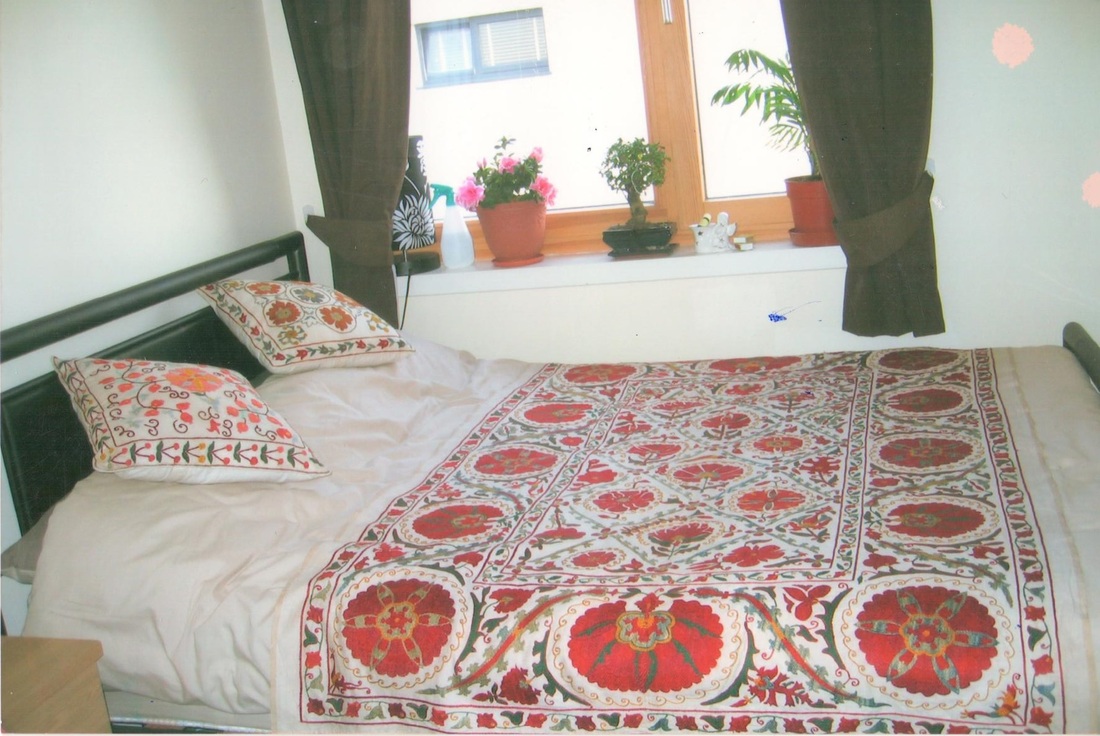CONTEMPORARY HANDMADE TURKISH CARPETS
|
Contemporary Hand Made Turkish Carpets
Precious handmade carpets are the products of long months of labor requiring great skill and patience.Besides being utilitarian objects, they are a source of pleasure to their owners. A beautiful carpet is like a fine painting; it holds the eye. It is also an investment which will retain its value as the years pass. Contemporary Turkish Carpets are made by local masters who use materials and designs characteristic of the region in which they work. After careful checking for quality and a first washing, these carpets enter the domestic and foreign markets through the hands of famous dealers. This catalog is an illustrated guide to contemporary Turkish carpets region by region. Until recent times all artifacts had to be handmade, but modern technology and mass production have replaced skills and techniques traditional for thousands of years.In our day handmade Works are rare, and among them are the beautiful and functional knotted carpets made using traditional methods developed for over 2000 years. Carpets, whose weaving can take months or even years of skill and effort, are pieces that can be kept and handed down from one generation to another, gaining in value as their antiquity increases. Each region has its own techniques and traditional designs practiced by its anonymous artists. Carpet weaving and making is collective work using skills passed on for generations, Families, tribes, or even whole villages work collectively, pooling their special skills, knowledge and expertise. The methods of manufacture and the different raw materials used produce distinctive carpets, characteristic of the region in which they are woven. Handmade knotted carpets are used for various purposes by the local people in their region of origin. Besides being used as rugs, carpets serve such purposes as tent screens, paintings, cradle and sofa covers, Wall hangings, and the prayer rugs. A beautiful high-quality handmade carpet increases in value as it is used; fort he carpet’s knots tighten in use, making it more brilliant and treasured. Private collectors, distinguished families, and museums are proud owners of antique carpets. The richest collections of antique knotted handmade carpets are to be found at the Istanbul Museum of Turkish and Islamic Arts, the Vakıf Carpet Museum in the Blue Mosque, and the Konya Mevlana Museum. The museums and collectors of Europe and USA own some exquisite pieces, most of which have been exported from Turkey. During 14th ,15th ,16th centuries, handmade Turkish Carpets were prized possessions of the noble and wealthy families of Europe. Carpets of this era, which have survived, have taken their places in museums. Fort he last century or more, handmade knotted carpets have been a subject of research of experts and art historians. Great numbers of books and journals have appeared on the subject, showing that the making of handmade carpets is an important art form.The spread of knowledge through such publications has caused an increased demand for fine carpets. Authorities conclude that the making of knotted carpets, produced in an area extending from the Mediterranean coast of Turkey to the steppes of Central Asia, was introduced by Turkish nomadic tribes and craftsmen. Traditional Turkish Carpet making with its distinctive techniques, materials, patterns, and knotting has had a great influence upon all oriental carpets.In art history books, one comes across carpets that date back to the ancient Persian, the Pharaohs, and the Caliphs. However, there were not knotted carpets, but were rugs woven using the simple towel technique instead of knotting. The hard wearing double knotted carpets are the invention of Turkish tribes.The techniques found in handmade carpets were brought to the Mediterranean coast by the Seljuk in the 12th century. Marco Polo mentions rich exhibits of carpets in places and mosques.Carpet making has developed at different speeds in different periods according to demand, but high-quality handmade carpets have always found a ready market. Carpets are textile products; Turkish handmade carpets have always had patterns which fitted the specific nature of the materials and the knotting used. Another specific characteristic of Turkish handmade carpets is the use of the double knot, known as the Turkish or Gördes knot. Although designs and patterns change and develop , the Turkish carpet always retains its historical and traditional features. |

